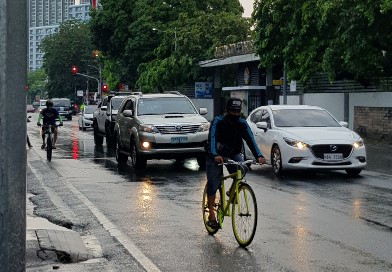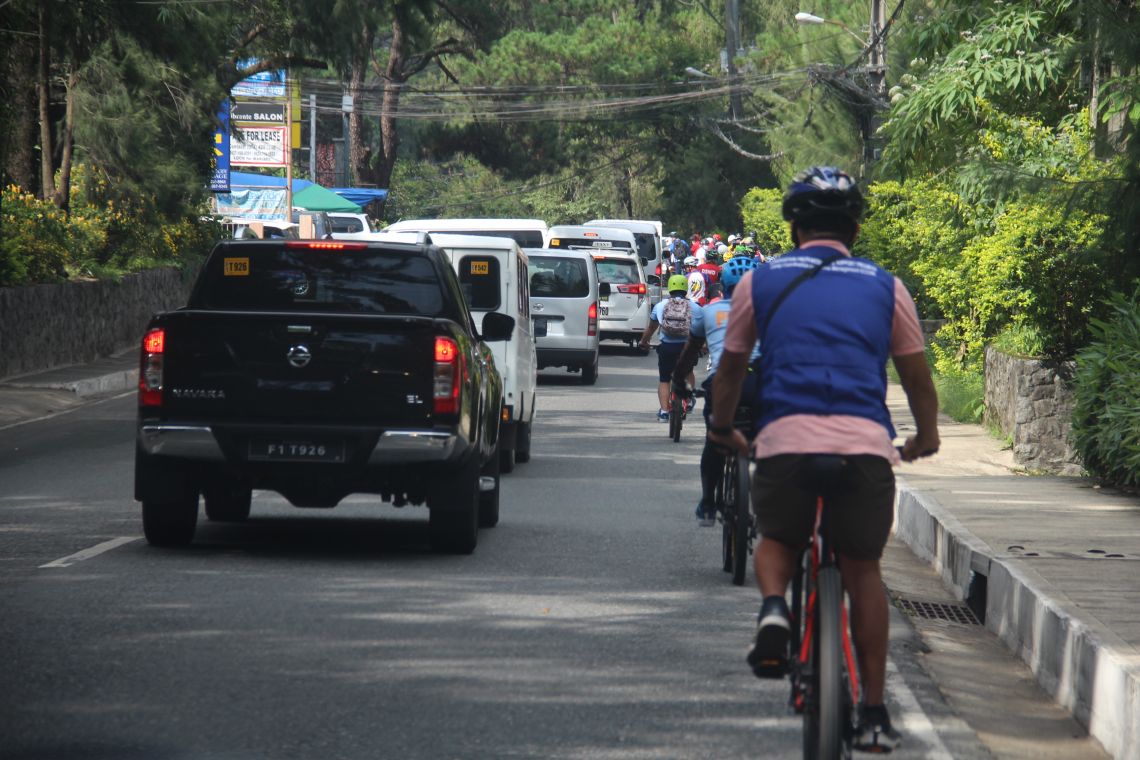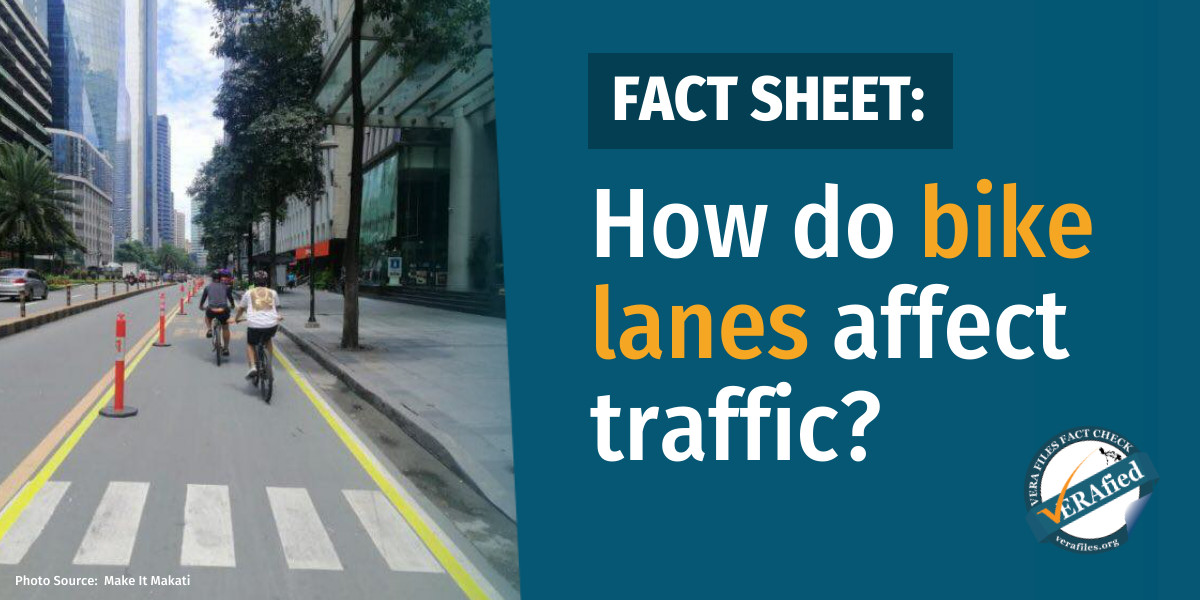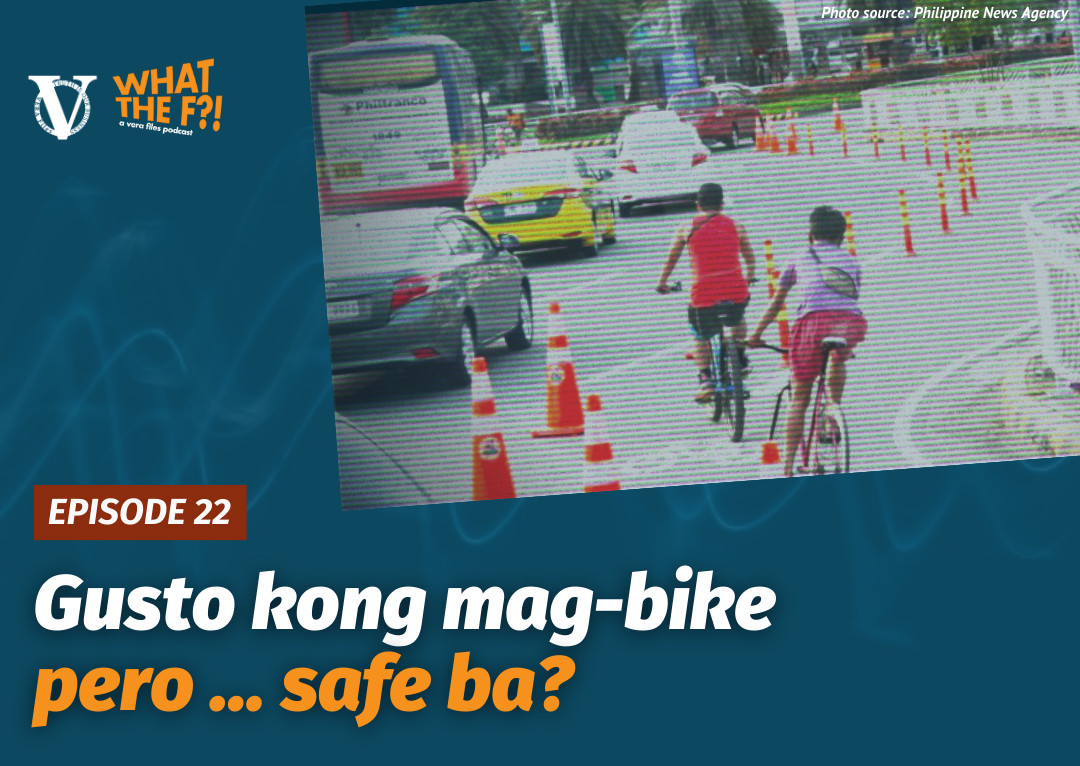Cycling enthusiasts were delighted when the government allowed bicycles on major roads in Metro Manila as an alternative to public transport because of the pandemic. They cheered when funds were allocated for the construction of bike lanes for their protection.
Today they are disappointed over the slow implementation of the project.
“It is saddening to see that Bayanihan 2 provided a P1.3 billion peso budget for the project and that still has not been implemented in Manila,” said Jed Ugay, spokesperson for the cycling advocacy group Move as One Coalition.
He was referring to the budget allocated for the installation of protected bike lanes in the capital region, Cebu and Davao under the government’s Bayanihan to Recover as One Act. The measure is part of the government’s pandemic recovery plan signed on Sept. 11, 2020.
Metro Manila’s bike lane program has lagged behind that of Cebu and Davao, Ugay said in a webinar on Feb. 8 organized by the Coalition.
Screenshot from Move As One Coalition’s presentation
“Here in Manila where we have an additional agency – the Metropolitan Manila Development Authority (MMDA) — why is the process taking longer?” he asked.
In a press briefing last Jan. 12, newly-appointed MMDA Chair Benhur Abalos said his agency was focusing on building elevated bus ramps in crowded intersections to help decongest traffic along EDSA. Once that’s done, next steps would be to move motorcycles to the right side of the road and also construct bike lanes.
He said he was still going over the studies but added: “My first impression is if motorcycles are put in the right lane, it would be safer and better to really ease traffic, then why not a bike lane later on?”
But a network of cycling advocate groups released a Solidarity Statement on Feb. 2 calling on the government to build the “protected bike lanes now.”
“This delay is unacceptable. It is a slap in the face of millions of hardworking Filipino frontline and essential workers —taxpayers all — who have taken to riding their bicycles to work to cope with the lack of public transport during the lockdown. These everyday heroes have been tirelessly battling the COVID-19 crisis and working to feed their families and to get our economy back on its feet. The least the government can do is to give them protected bike lanes to keep them safe on the road,” it read.
“What we are seeing now is that we need to provide protected bike lanes, especially at this time because of the opportunity. There is a sense of urgency because progressive changes are happening in other countries but we still stay in a car-centric thinking,” Ugay said.
The Coalition has requested Congress to “hold a hearing, especially the House Committee on Transportation, to look into the project.”
Bicycles over cars
In a Social Weather Stations (SWS) poll from November 2020, released on Jan. 29, 87% of Filipinos believe that roads will be “better off if public transportation, bicycles, pedestrians are given priority over private vehicles.”
A survey conducted by the Department of Labor and Employment last September revealed that 78% of the worker-respondents “would still use bicycles in going to work, even if there were other accessible forms of transportation.”
The “significant health benefits” of cycling is the primary reason the vast majority (85%) would ride their bikes, according to the DOLE survey.
The respondents cited three main concerns – not feeling safe, poor road conditions and lack of secured bike parking or storage facility – that need to be addressed to make the biking commute more desirable.
They would like to see more bike lanes on paved roads, bike paths and more secure bike parking.
Screenshot of June 2020 EDSA road users
“We can accommodate two million people if we have 2.4 m of protected bike lanes. The more space we can allocate for bikes, the more we can get and the more people feel safe to use bike lanes, the more people will use bike lanes,” said Ugay.
Benefits of cycling
President Rodrigo Duterte declared the fourth Sunday of November of every year as National Bicycle Day “to highlight the importance of non-motorized transportation as a means of fostering sustainable development and promoting environmental health that is conducive to the physical health and well-being of Filipinos.”
At the start of the COVID-19 health emergency, public transportation was disallowed to avoid crowding. Cycling became the popular alternative.
Ugay said many health workers have chosen to bike to work to lessen the risk of COVID-19 infection.
“Bicycles don’t contribute to traffic congestion and pollution, which are also important issues,” he added.
‘Government should champion protected bike lanes’
The benefits of putting up protected bike lanes outweigh the current status of the road now, said advocate for sustainable mobility Dr. Robert Siy, but noted a lack of urgency on the part of the government in prioritizing the bike lane prgram.
“When the pandemic hit, many other countries’ first response was to create better cycling and walking infrastructure,” Siy said. But in the Philippines, people are still debating about where and how to put bike lanes, he said at the webinar.
“The time for talking has gone and the need for action is now. What we can see is, people are unable to get to jobs and unable to get to essential services,” said Siy.
He finds the MMDA proposal to combine the motorcycle and bicycle lane to the right side, as well as elevating the bike lanes or putting them at the same level of the sidewalk “unrealistic.”
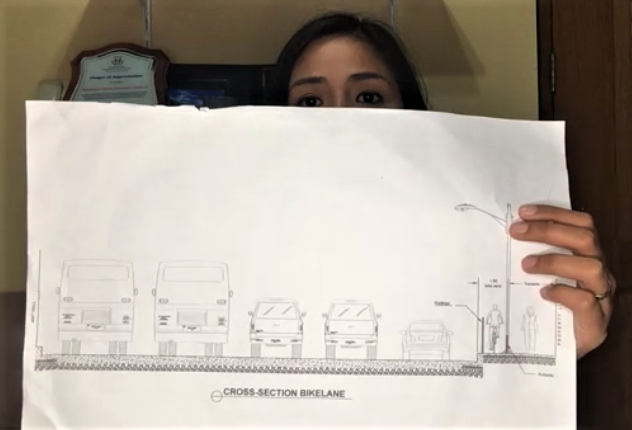
MMDA Spokesperson Celine Pialago showed a copy of the original proposal for a road plan from a June 8, 2019, online forum.
Siy said, “We know that any major roads in Metro Manila have hardly any sidewalks, and are already totally insufficient for pedestrians. How can we squeeze bicycles into that space?”
Biking enthusiasts have advocated converting a car lane into a bicycle lane.
“We should take that solution and not worry so much about the impact on the minority who are car users. Car users are already privileged to travel in a comfortable vehicle and in isolation, so we should now prioritize the welfare of the less fortunate and the more vulnerable,” he said.
Move as One Coalition believes that cyclists should also have the most direct routes because they are powered mechanically to move, unlike cars and motorcycles.
Siy said, “EDSA needs to be a backbone of a cycling network of more protected bike lanes in Metro Manila. If we say that EDSA will not have bike lanes, that means much longer travels for those without cars. We need to prioritize the travels of the carless majority.”
Bike-sharing
Apart from issues in mapping a bike lane, another challenge is the rising demand for the two-wheelers which has resulted in a price inflation, according to Siy.
The Department of Transportation (DOTr) has proposed a bike-sharing program in selected areas in the Metro to resolve issues with supply and cost.
It has not been launched yet, but Siy is hopeful the program can be “expanded.”
“It needs to be thought of now as a long-term initiative. There needs to be a more comprehensive plan for the bike-sharing program,” he said, adding this could help the city become more tourist-friendly.
Acknowledging the coalition’s limited manpower, Ugay said they “don’t have resources for these studies, but would like to see the government look at these case studies.”
The Coalition has presented a set of recommendations in which they plan to collaborate with private sector groups in setting up facilities such as public showers, bike racks, bike repair facilities, and proper bike lanes.
Siy said road safety advocacy groups, such as MNL Moves and the Institute for Climate and Sustainable Cities (ICSC), have launched the Mobility Awards to also “incentivize LGUs and the private sector to do innovative things that will promote active transport.”
Meetings with the Department of the Interior and Local Government (DILG) about revising or improving the seal of good local governance criteria have also been ongoing, said Siy.
It is a way of “rewarding good performance and innovations of LGUs, so DILG incorporates mobility improvements in the seal of local good governance…and may motivate LGUs to adopt good practices.”
“We believe this is a major change in terms of the policy. In the past, it seems only little attention was given to active transport, but today we can see it’s becoming a major part of their strategy for improving all mobility for all Filipinos. We hope this will be carried by other agencies,” Siy added.
